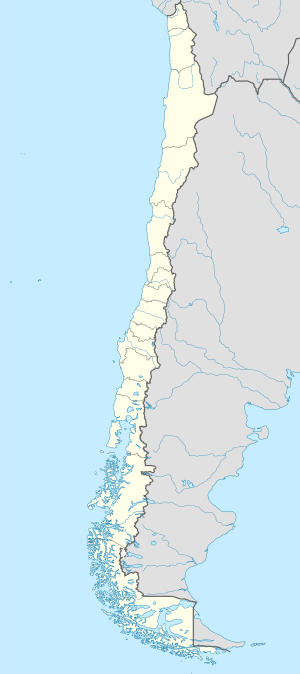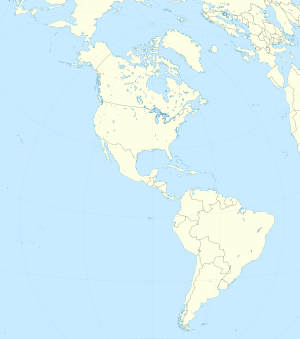| Battle of Pisagua | |||||||
|---|---|---|---|---|---|---|---|
| Part of the War of the Pacific | |||||||
 | |||||||
| |||||||
| Belligerents | |||||||
|
|
| ||||||
| Commanders and leaders | |||||||
|
|
| ||||||
| Strength | |||||||
|
Available: ~8,890 In Pisagua: 4,890–5,000 | 1,141 (924 Bolivian and 217 Peruvian) | ||||||
| Casualties and losses | |||||||
| 192 killed & wounded | 210 casualties | ||||||
Location within Chile | |||||||
The Battle of Pisagua ("Desembarco y combate de Pisagua"), was a landing operation of the War of the Pacific, fought on November 2, 1879, between Chile and the combined forces of Bolivia and Peru. The Chilean army commanded by Erasmo Escala, supported by the Chilean Fleet, launched an amphibious assault on the port of Pisagua and successfully drove the defending Bolivian-Peruvian forces, led by Gen. Juan Buendia, back from the shore. They established a beachhead that allowed an initial force of about 1,000 Chilean soldiers in two assault waves to disembark onto Peruvian territory at Pisagua in Tarapacá Department. This region was the principal territory in dispute.
This action marked the beginning of the Tarapacá Campaign, the first stage of the terrestrial phase of the War of the Pacific, which ended with Chilean control of the Tarapacá and of the exportation of saltpetre. This vast territory has never been returned to Bolivia and Peru; it was annexed in perpetuity to Chile by the Treaty of Ancon, signed in 1884.


